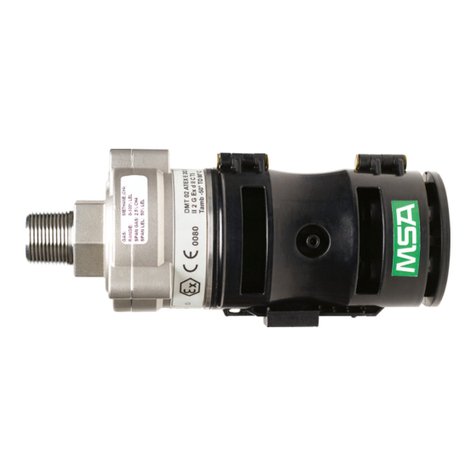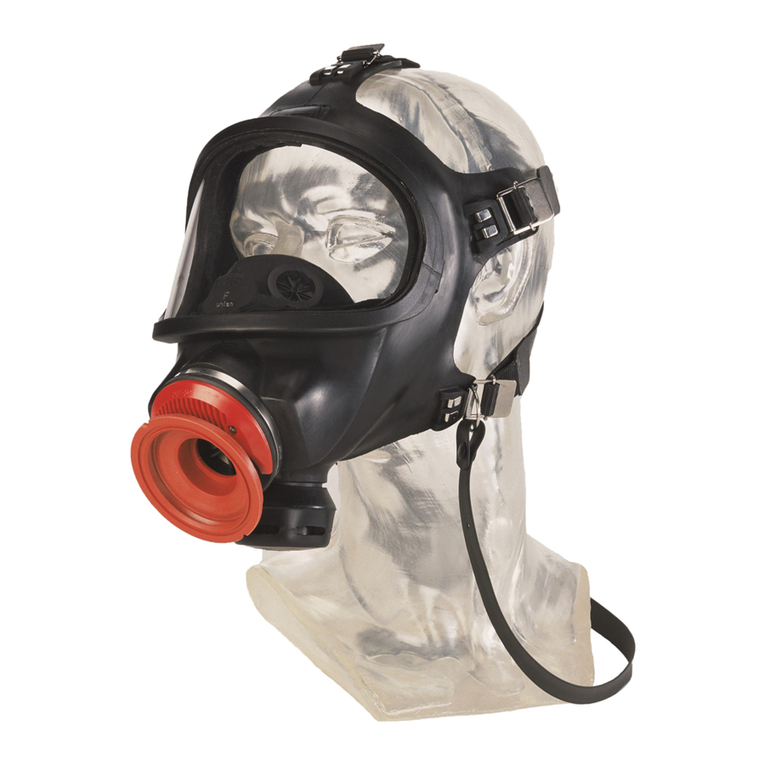MSA PrimaX IR User manual
Other MSA Safety Equipment manuals

MSA
MSA LUNAR User manual

MSA
MSA Rail Slider User manual

MSA
MSA 10110162 Operation instructions

MSA
MSA V-SHOCK PFL User manual

MSA
MSA Vautex Elite ET User manual

MSA
MSA motionSCOUT User manual
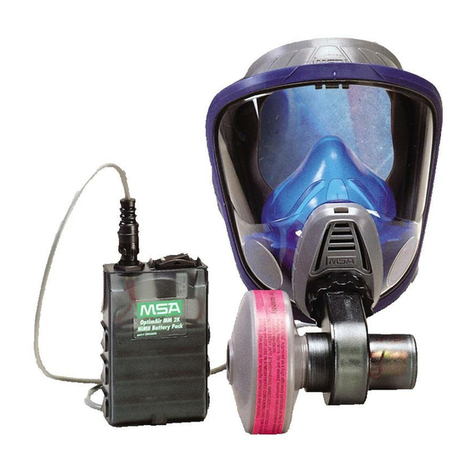
MSA
MSA OptimAir Mask-Mounted PAPR User manual
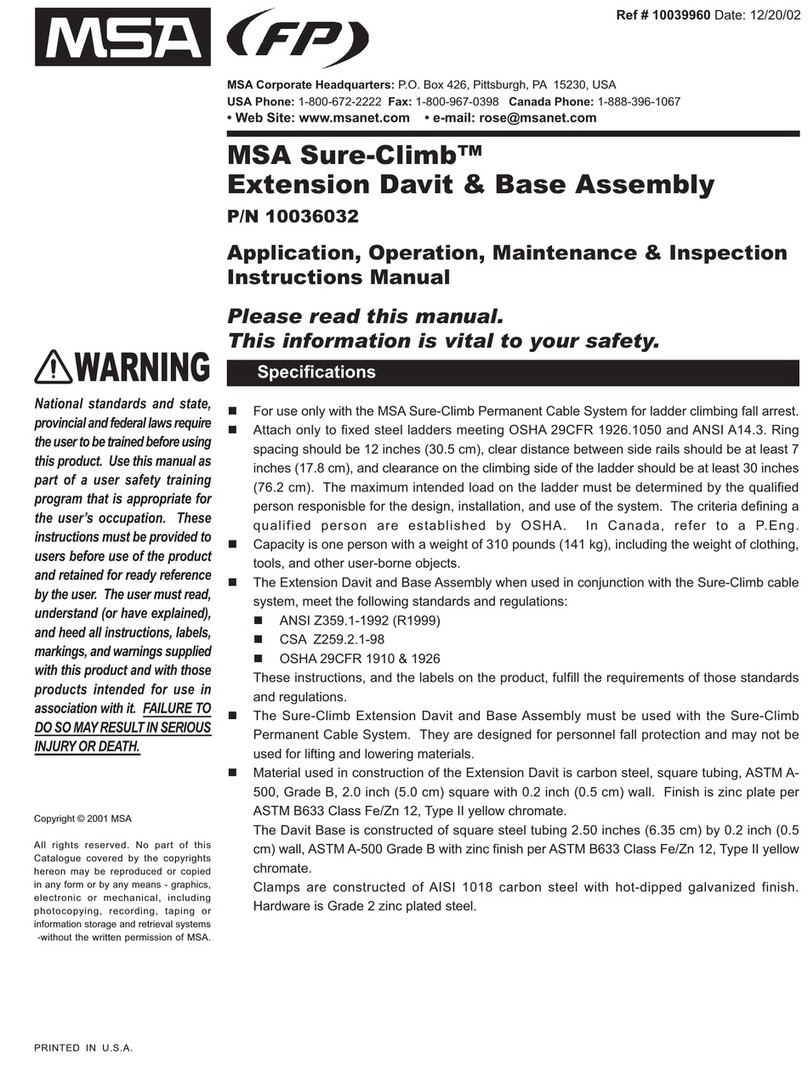
MSA
MSA Sure-Climb 10036032 Manual

MSA
MSA G1 PremAire User manual

MSA
MSA AirMaXX classic User manual
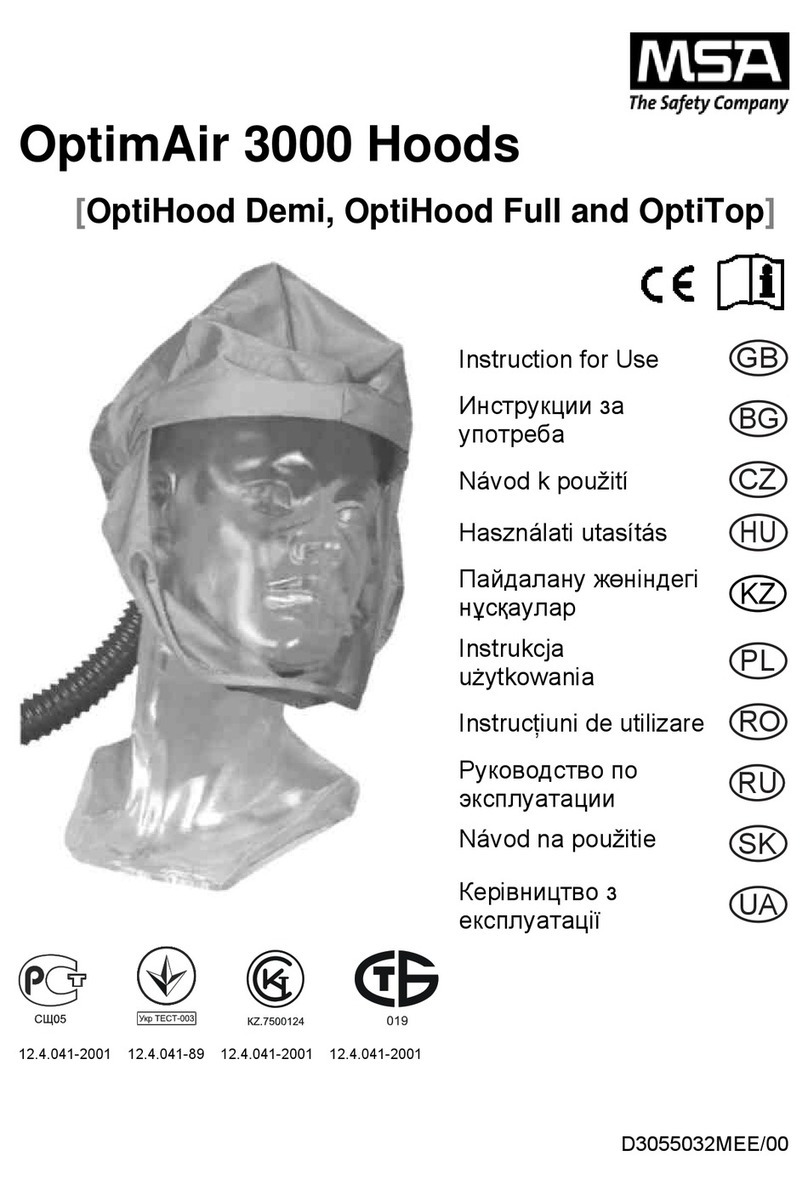
MSA
MSA OptimAir 3000 User manual

MSA
MSA V-Gard HP Low User manual
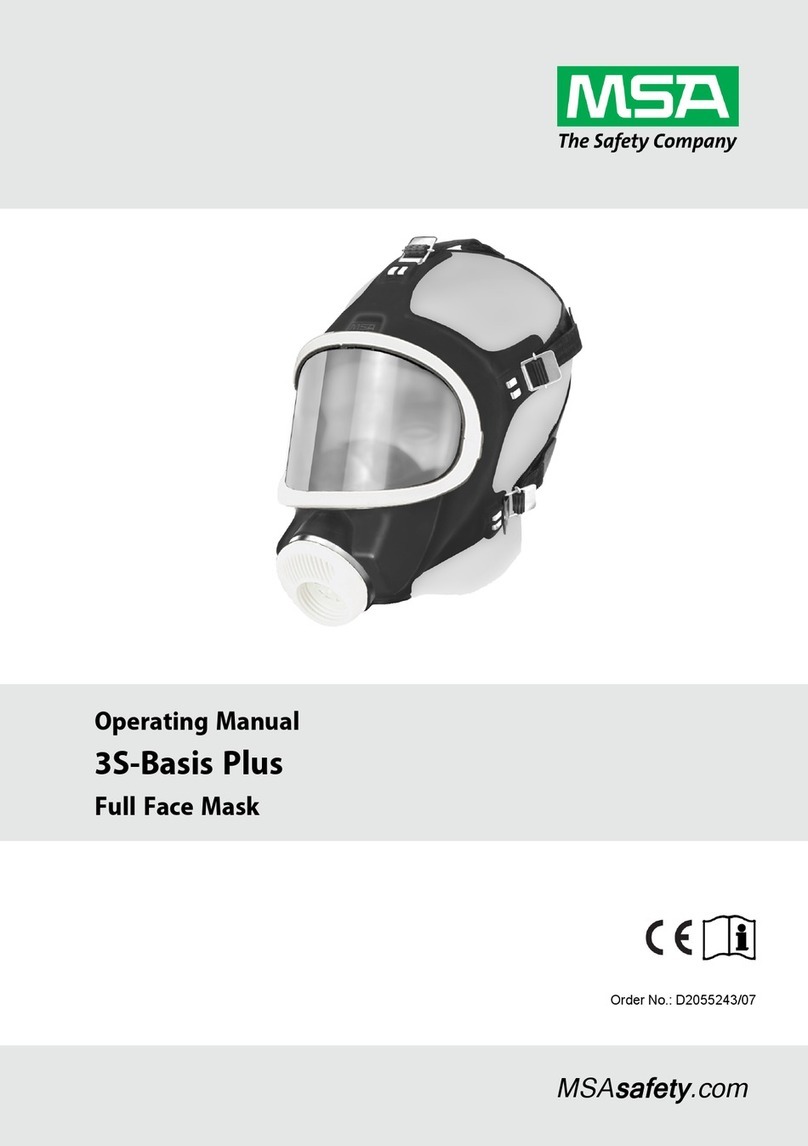
MSA
MSA AUER 3S-Basis Plus User manual

MSA
MSA V-EDGE PFL User manual

MSA
MSA 415865 User manual
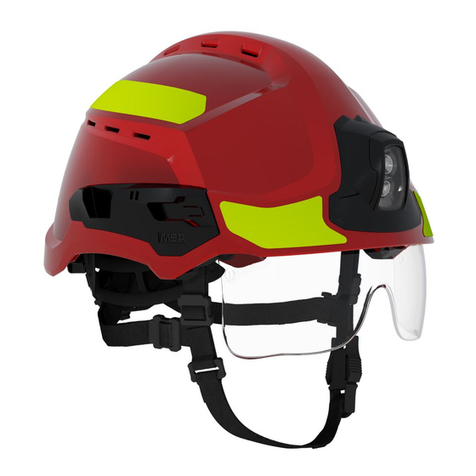
MSA
MSA Gallet F2XR User manual

MSA
MSA AirXpress One Fire User manual
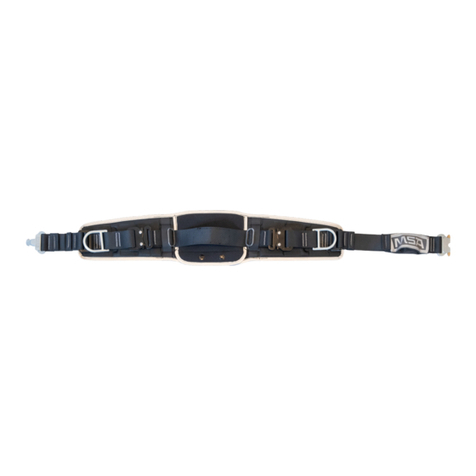
MSA
MSA alphaBELT Pro User manual

MSA
MSA BD mini User manual
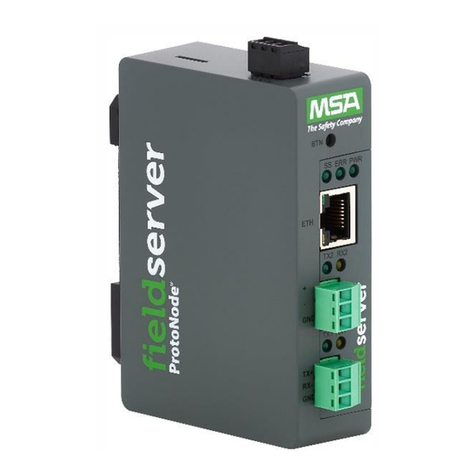
MSA
MSA fieldserver ProtoNode FPC-N54 User guide
Popular Safety Equipment manuals by other brands

Lanex
Lanex PB-20 instruction manual

SKYLOTEC
SKYLOTEC ANCHOR ROPES Instructions for use

Besto
Besto Buoyancy Aid 50N Instructions for use

TEUFELBERGER
TEUFELBERGER NODUS Manufacturer's information and instructions for use

Troy Lee Designs
Troy Lee Designs Tbone Product owners manual

Innova
Innova Xtirpa Instruction and safety manual

bolle SAFETY
bolle SAFETY B810 quick start guide

SHENZHEN FANHAI SANJIANG ELECTRONICS
SHENZHEN FANHAI SANJIANG ELECTRONICS A9060T instruction manual

Hiltron security
Hiltron security POWER8E Installation and use manual

Salewa
Salewa MTN SPIKE user manual

Hatco
Hatco B-950P installation guide

Sitec
Sitec TX MATIC operating manual

TEUFELBERGER
TEUFELBERGER GRIP 12 Manufacturer's information and instructions for use

AMC
AMC 1022M Series instruction manual

Trinity
Trinity CASS S3 Assembly manual

CMC
CMC Helitack HotSeat quick guide

ACM
ACM SAFETY D200 Instructions and warnings

Honeywell
Honeywell Miller H-Design DuraFlex User instruction manual


